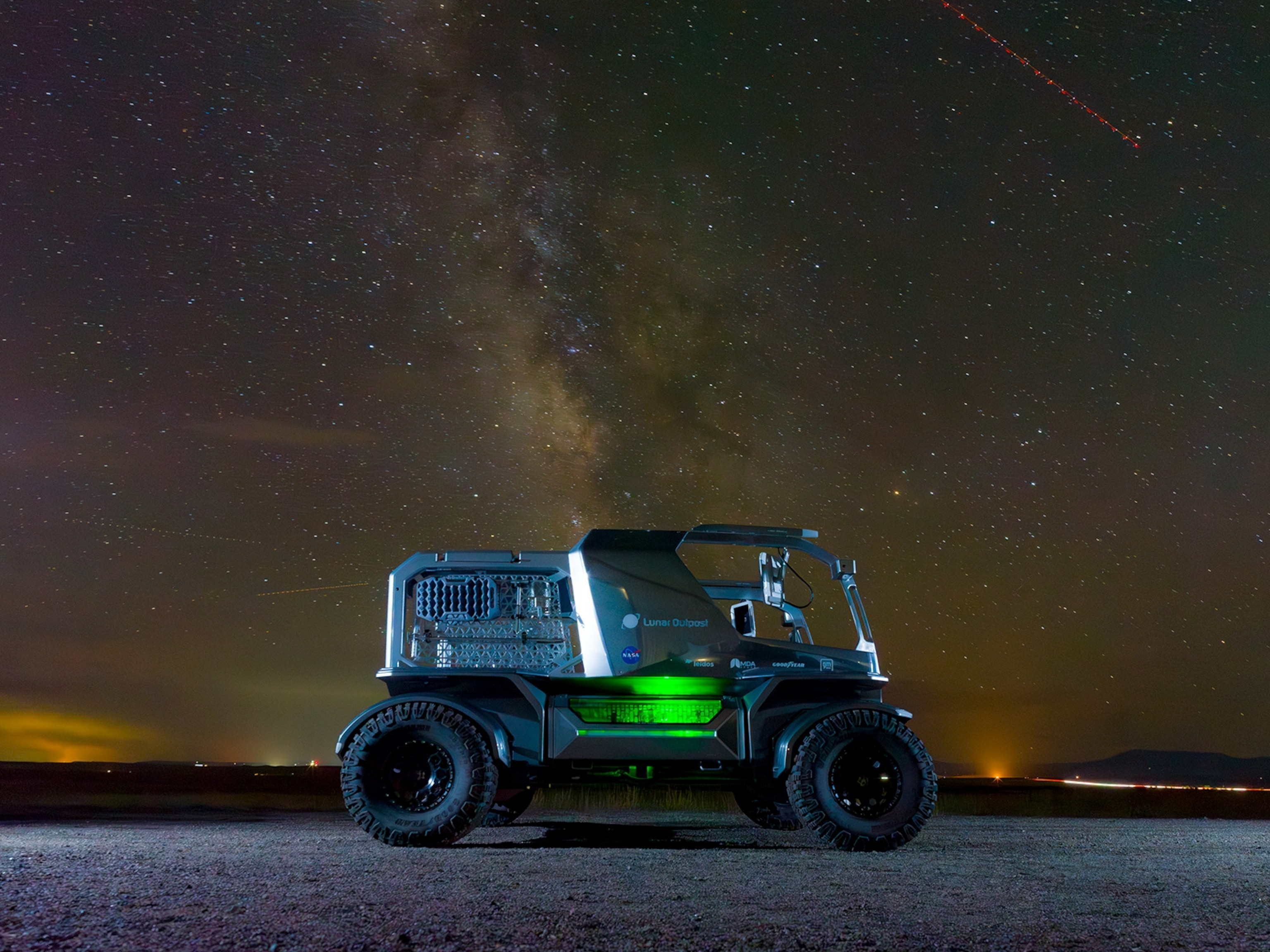
Stunning Super Blue Blood Moon Photo—How This Photographer Got the Shot
To get a photo of the moon in all its glory, Keith Ladzinski relied on one camera tweak.
If you scrolled through Instagram after yesterday's Super Blue Blood Moon, you probably saw little, bright blips photographed on camera phones in the early morning.
And if you follow Keith Ladzinksi on Instagram, you saw the same moon, only bigger, brighter, and way more impressive.
That's because Ladzinksi, one of National Geographic's photographers, blew those measly white blips out of the water, while "shooting from the hip," as he calls it.
His photo of the Super Blue Blood Moon showed the three-for-one celestial event that began late Tuesday in North America and ended early Wednesday.
The full moon—the second one to appear this month—was in especially close orbit to Earth, making it appear larger. At the same time, the Earth moved between the Sun and Moon to create a lunar eclipse.
This effect also bathes the moon in a reddish glow, hence the name "blood" moon.
It was an event that had slipped Ladzinksi's mind until his mom called the day prior and reminded him about it.
"Knowing it was such a unique moment, I just wanted to see it," he says.
Groggily, he woke up at five in the morning to catch the moon before it reached totality about an hour and a half later.
After realizing the overcast weather would obstruct his shot, he, with his dog in tow, drove 45 minutes north of his home in Boulder.
Ladzinksi was looking for a window where he could see both the full moon and Colorado's Mount Meeker and Longs Peak. Once he found it, he parked his car at a random cornfield—he's not sure whose—and whipped out his Nikon, with a long lens attached.
"The moon is so easily overexposed, so I shot it relatively underexposed," he notes. "With digital photography, it's a lot more sensitive to light. A shot like that on film would be way easier."
Aside from adjusting his exposure, he says getting the shot was relatively straighforward.
"This one was a gimme," he adds.
(Read more about how to photograph a super moon here.)





